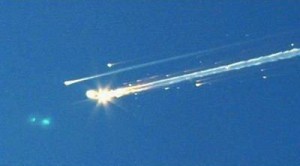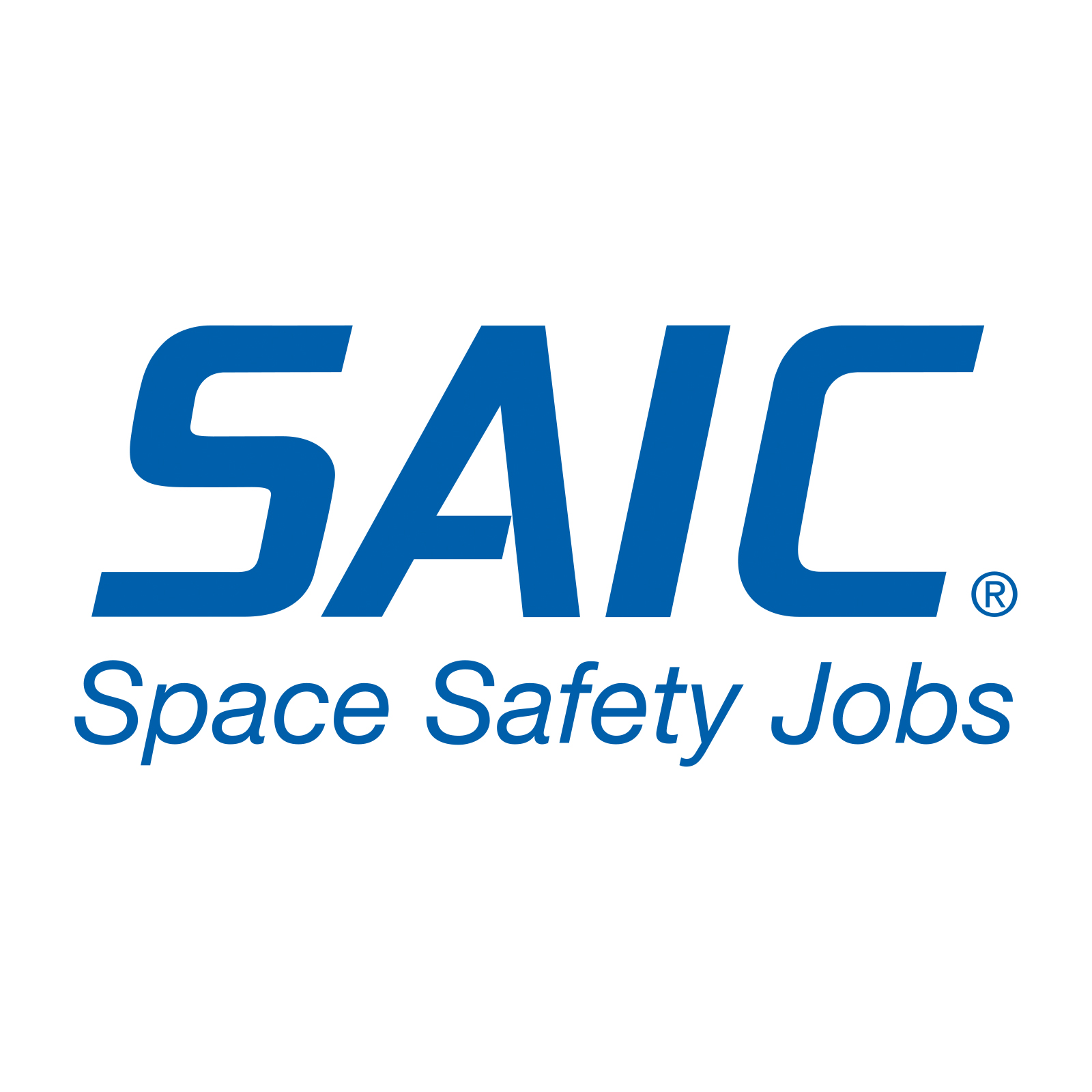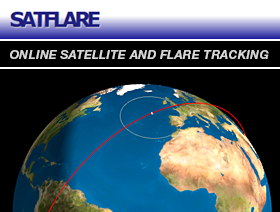Source IAASS, an ICAO for Space: The recent uncontrolled re-entry of the UARS satellite has drawn general attention to the issue of ground safety due to falling debris, but the risk for aviation went virtually unnoticed. The disintegration during re-entry of the Shuttle Columbia on February 1, 2003 was a watershed moment for re-entry safety because it highlighted the need to keep air traffic away from falling debris if a re-entry accident occurs. Following the release of the final report of the CAIB (Columbia Accident Investigation Board) in 2004, the FAA funded a more detailed aircraft risk analysis that used the actual records of aircraft activity at the time of the accident. That study found that the probability of an impact between Columbia debris and commercial aircraft in the vicinity was at least one in a thousand, and the chance of an impact with a general aviation aircraft was at least one in a hundred! The analysis used the current models which assume that any impact anywhere on a commercial transport with debris of mass above 300 grams produces a catastrophic accident: all people on board are killed. Current best practices are captured in the US standard RCC 321-07 “Common Risk Criteria for the National Ranges”, which provides a vulnerability model for commercial transport aircraft. Video: View from satellite of air traffic worldwide (day/night shift)



























































![A trajectory analysis that used a computational fluid dynamics approach to determine the likely position and velocity histories of the foam (Credits: NASA Ref [1] p61).](http://www.spacesafetymagazine.com/wp-content/uploads/2014/05/fluid-dynamics-trajectory-analysis-50x50.jpg)



Leave a Reply